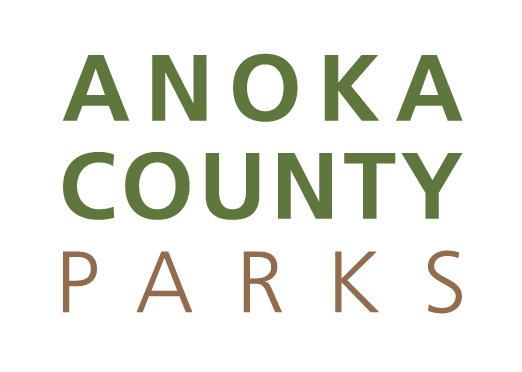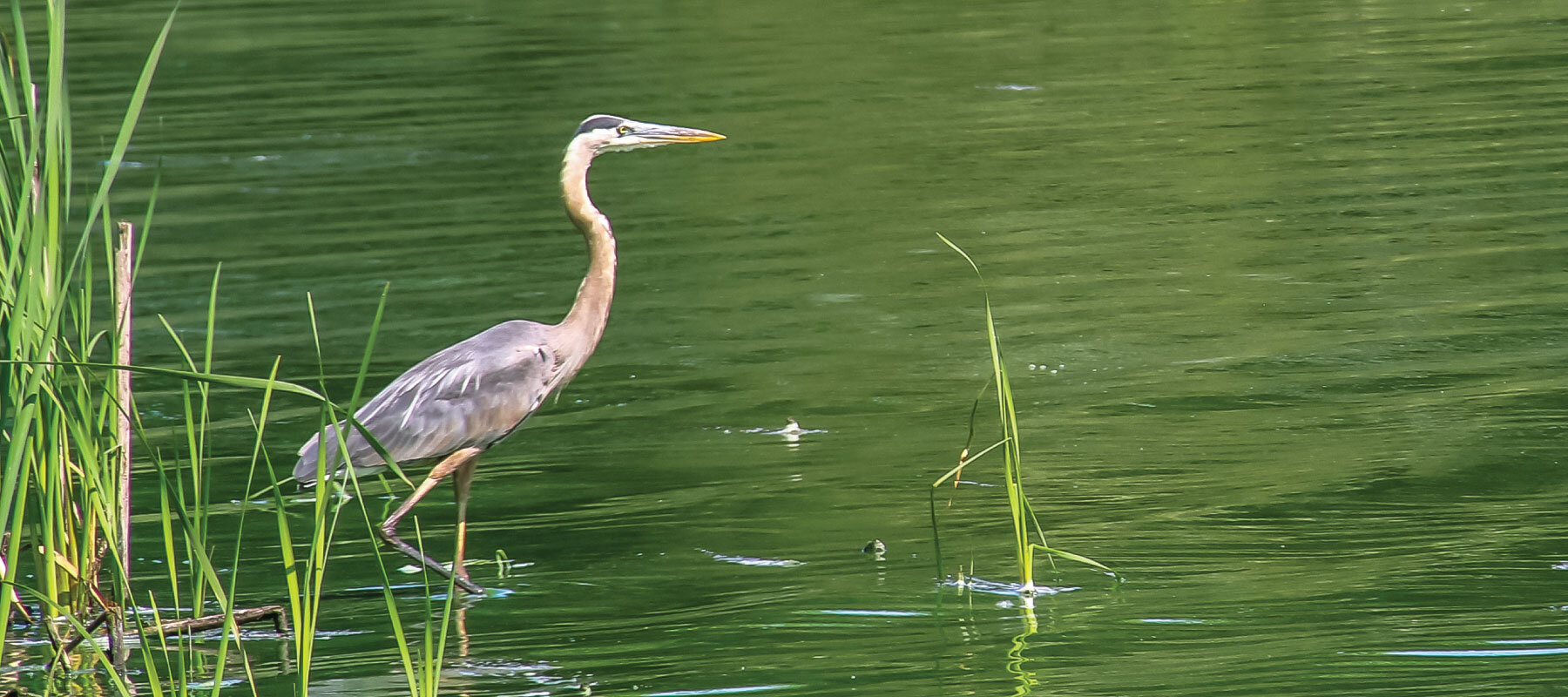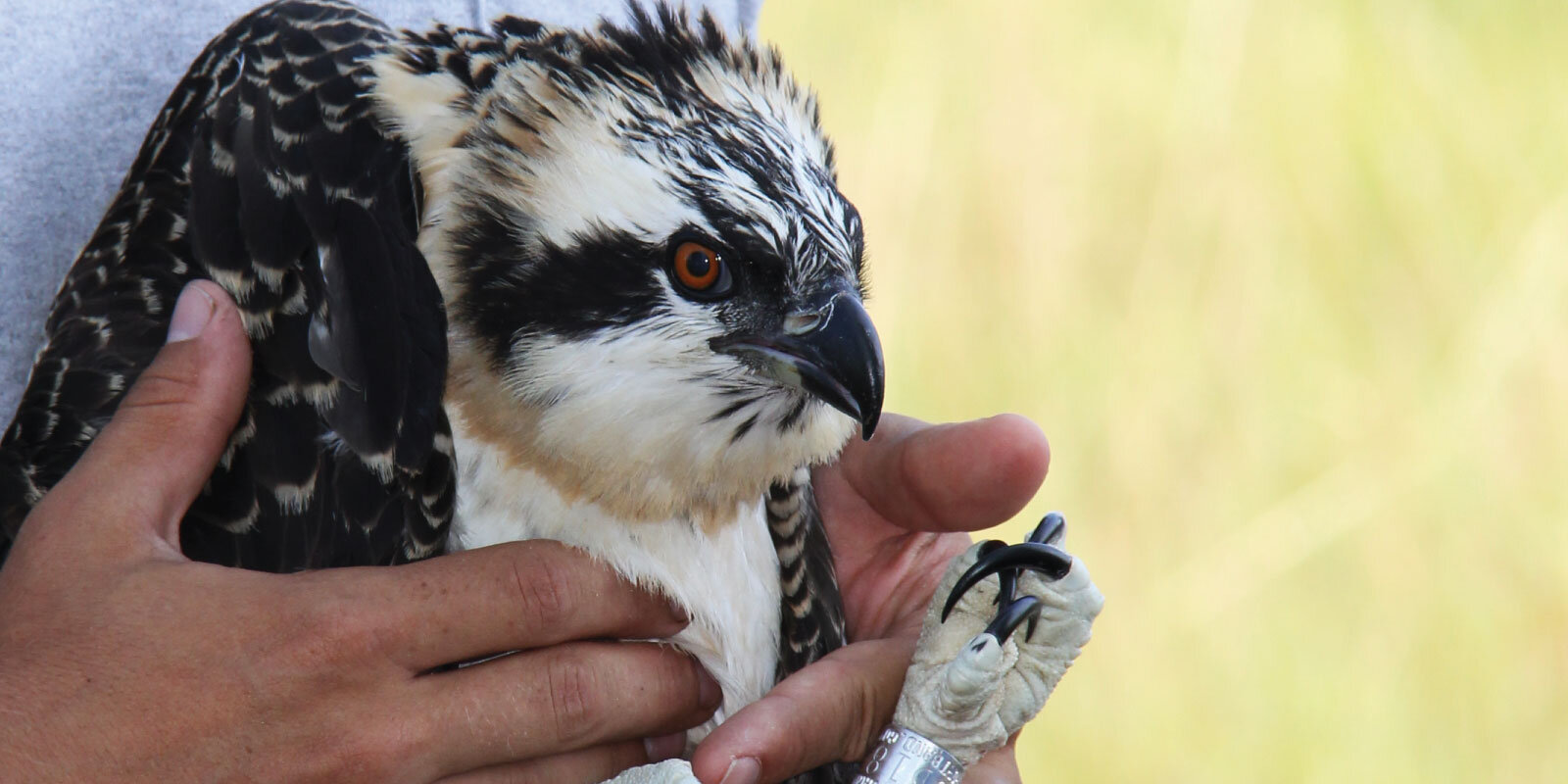Plant & Wildlife Communities
Restore. Protect. Enhance.
FISH Communities
Anoka County Parks serves as a gateway to several popular lakes throughout the county that offer some of the region’s most alluring fishing opportunities.
Coon Lake Regional Park
Coon Lake: Black Crappie, Bluegill, Largemouth Bass, Northern Pike, Pumpkinseed Sunfish & Walleye
Coon Rapids Dam
Regional Park
Cenaiko Lake: Rainbow Trout
Lake George Regional Park
Lake George: Crappie, Blue Gill, Sunfish, Northern, Bass & Walleye
Martin-Island-Linwood Lakes Regional Park
Martin Lake: Walleye, Northern Pike, Yellow Perch, Black & White Crappies & Bluegills
Linwood Lake: Pan Fish, Walleye, Northern & Largemouth Bass
Island Lake: Crappie
Tamarack Lake: Pan Fish
Rice Creek Chain of Lake Park Reserve
Centerville Lake: Walleye, Northern Pike, Bluegill, Black Crappie & Largemouth Bass
Peltier Lake: Northern Pike, Walleye, Yellow Perch, Bluegill, Black Crappie & Channel Catfish
Wildlife Communities
Many wildlife species benefit from plant community management efforts. We have also placed osprey nesting platforms, bluebird and wood duck houses and chimney swift nesting towers in the park system to benefit those species. We work closely with the City of Lino Lakes and the Peltier Lake Association to maintain and protect the heron colony on Peltier Island. Aerial deer surveys are conducted each winter in several parks. This informs us of the size of the deer herd and guides us to management strategies to be used in each park. For pollinators we have begun to establish bee lawns, include native species in our landscape beds, and strive to use plants that have not been treated with systemic neonicotinoids, all of which benefit pollinators.
Plant Communities
Oak Savanna
The oak savanna was once one of the most common vegetation types in the Midwest but is today highly endangered. Intact oak savannas are now one of the rarest plant communities on earth.
Prairie
Much of a prairie is found underground! Prairie plants have deep massive roots that absorb nearly all available water. Some roots can be three times longer than the plant above them.
Floodplain Forest
Floodplains are home to some of the most biologically rich habitats on earth. They provide spawning grounds for fish and critical areas of rest and foraging for migrating waterfowl and birds.







